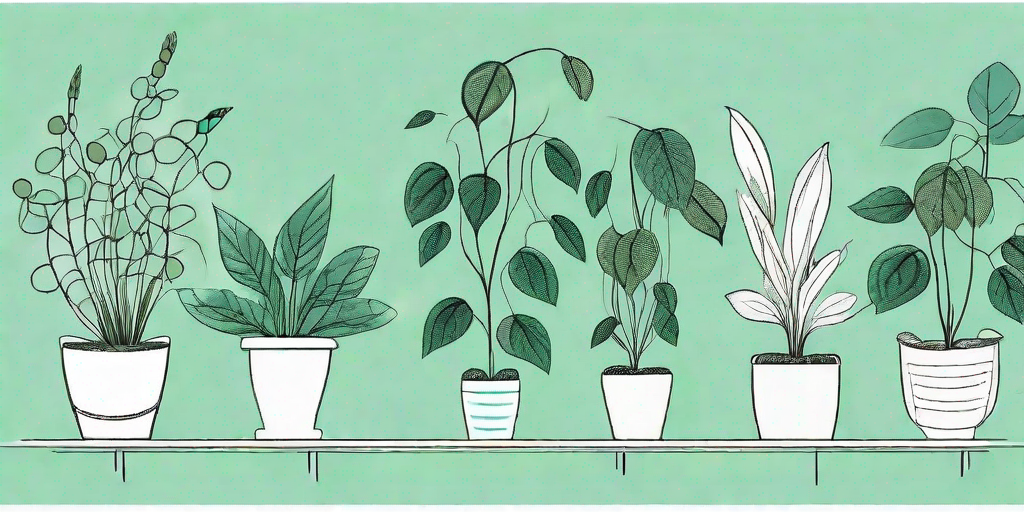
Beans, beans, they're good for your heart, the more you eat, the more you... learn about the fascinating world of legumes! From the humble green bean to the exotic fava, beans are a diverse and intriguing group of plants. They're not just for making your chili con carne more hearty, they're also a fascinating topic of study. So, buckle up, bean enthusiasts, as we embark on a journey through the world of beans.
Understanding the Bean Basics
First things first, let's get our bean basics straight. Beans belong to the family Fabaceae, also known as the legume, pea, or bean family. They're a type of seed used for human or animal consumption. But not all beans are created equal. There are several different types, each with its own unique characteristics.
Beans are generally divided into two main groups: dry beans, which are harvested when the beans are dry and hard, and green or snap beans, which are harvested while still green and fleshy. But within these groups, there's a whole world of variety to explore.
Dry Beans
Dry beans come in a plethora of shapes, sizes, and colors. From the small and speckled pinto bean to the large, white cannellini bean, there's a dry bean for every taste and recipe. They're a staple in many cuisines around the world, and for good reason. They're high in protein, fiber, and various vitamins and minerals, making them a nutritious addition to any meal.
But it's not just their nutritional value that makes dry beans so popular. They're also incredibly versatile in the kitchen. Whether you're whipping up a batch of homemade baked beans, adding some kidney beans to your chili, or using chickpeas to make hummus, dry beans have got you covered.
Green Beans
Green beans, also known as snap beans or string beans, are another popular type of bean. Unlike dry beans, green beans are harvested while the pods are still green and fleshy. This makes them a delicious and nutritious addition to a variety of dishes, from stir-fries to salads.
Green beans come in several different varieties, including the common green bean, the yellow wax bean, and the purple snap bean. Each variety has its own unique flavor and texture, making green beans a versatile and exciting ingredient to work with.
Bean Varieties Around the World
Beans are a global food, with different varieties being cultivated and consumed in different parts of the world. Let's take a culinary journey around the globe to explore some of these diverse bean varieties.
In North America, common beans like the pinto, black, and navy bean are staples in many dishes. In South America, the black turtle bean is a key ingredient in many traditional dishes, while in Europe, the fava bean reigns supreme. Asia has its own unique bean varieties, like the adzuki bean and the mung bean, which are used in both savory and sweet dishes.
American Beans
In the United States, beans are a staple in many traditional dishes. The pinto bean, with its speckled skin and creamy interior, is a key ingredient in refried beans and chili con carne. The black bean, with its rich, earthy flavor, is a favorite in soups, stews, and salads. And let's not forget the navy bean, which is used to make the classic American dish, baked beans.
But it's not just these common beans that are popular in the United States. There's also the lima bean, the kidney bean, the great northern bean, and many others. Each has its own unique flavor and texture, making them a versatile and exciting ingredient to work with.
European Beans
Europe has a long history of bean cultivation and consumption. The fava bean, also known as the broad bean, is a favorite in many European cuisines. With its large size and creamy texture, the fava bean is a delicious addition to a variety of dishes, from salads to stews.
But it's not just the fava bean that's popular in Europe. There's also the cannellini bean, a large, white bean that's a staple in Italian cuisine, and the flageolet bean, a small, pale green bean that's a favorite in French cuisine. Each of these beans has its own unique flavor and texture, making them a delicious and versatile ingredient in a variety of dishes.
FAQs
What are the health benefits of beans?
Beans are a nutritional powerhouse. They're high in protein, fiber, and various vitamins and minerals, making them a healthy addition to any diet. They're also low in fat and calories, making them a great choice for those trying to lose weight or maintain a healthy weight.
How do I cook dry beans?
Dry beans require a bit of prep work before they can be cooked. First, they need to be sorted to remove any small stones or debris. Then, they need to be soaked in water for several hours or overnight to soften them up. Once they're soaked, they can be cooked by boiling until tender.
Can I eat raw beans?
While some beans can be eaten raw, others can be toxic if not cooked properly. Kidney beans, for example, contain a natural toxin that can cause severe illness if consumed raw or undercooked. Always make sure to cook beans thoroughly before eating.
Bean There, Done That
So there you have it, a comprehensive guide to the wonderful world of beans. From the humble green bean to the exotic fava, beans are a diverse and intriguing group of plants. They're not just for making your chili con carne more hearty, they're also a fascinating topic of study. So next time you're cooking with beans, take a moment to appreciate the diversity and complexity of these humble legumes. You might just find that you've bean there, done that, and want to do it all over again!











